400,000 charging stations in India as it eyes 2m EVs
India has made colossal strides into tapping its massive solar potential. Of course, a lot of ground must be made to be content with what we have; the efforts are commendable. Aside from solar energy for households and manufacturing, one other field often brushed aside is the EV ecosystem. The country is all set for 2 million EVs by 2026, for which it has to have 400,00 charging stations in India.
How are we going to achieve this? Well, here’s telling about all that and more.
According to one report by a research institute, the vital factors in ensuring the government’s vision for 100 percent EVs on the roads by 2030 would be government spending and subsidies, decreasing tariffs on technology and components, and addressing pollution.
Charging stations in India today
According to the Society of Manufacturers of Electric Vehicles — an EV think-tank, the situation of the EVSE is grim. There are only around 1800 charging stations in India today. Of course, it has to do with the fact that only around 16,200 electric vehicles are registered today.
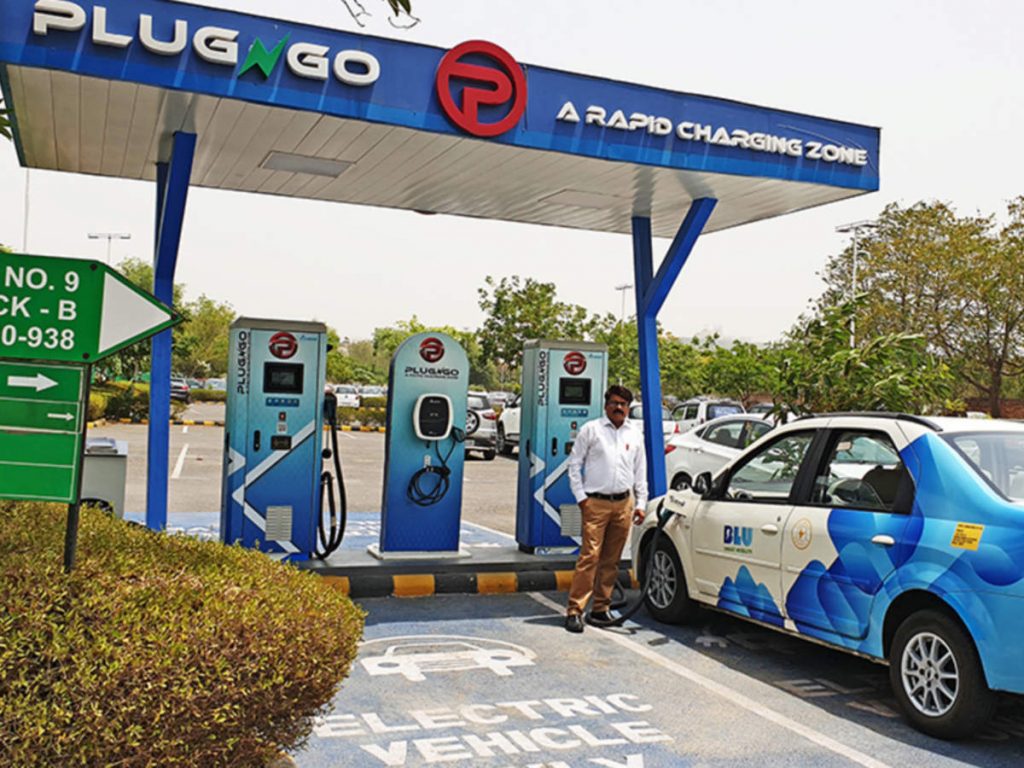
What does it say about the future?
It is clear as day that the number of EV charging stations in India would spring up proportionally to electric vehicles. That is why the government’s proactiveness would be the key to the acceleration from here.
If the government can cut its import costs on some of the vital spares and parts for the assembly of the vehicles, it might help give the much-needed initial impetus. Of course, as the system grows and more people invest in buying EVs, the private players will be self-encouraged to set up R&D for complete manufacture here.
It reminds me of one of Elon Musk’s tweets when asked about setting up an assembly plant here in India.
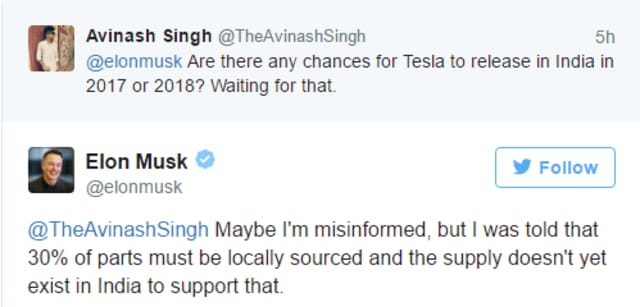
The central and provincial governments need to come together to work on a robust plan to roll out the mass production of EVs. Many domestic auto-giants like Tata and Mahindra have already stepped up into this. It is up to the government to incentivize the players with low-duty manufacturing and make the business lucrative and appealing.
The report
The report also proceeds to talk about the necessity of DISCOMs in EVSE infrastructure. Furthermore, the ecosystem needs to be classified as corporate responsibility. Also, the complete infrastructure of charging stations in India and elsewhere is EV characteristics-intensive. There are a hell of a lot of complex protocols and some essential monitoring systems for EV and EVSE. We’ve talked more about this here.
The report talks about the sales of EVs going up by 39 percent in 2020 globally. The situation is all set for India to capitalize on its burgeoning middle class.
The initiative
Several corporations have already started incorporating the EV culture. The biggest on the list is Amazon. Amazon India has plans to deploy 100 electric three-wheelers in 7 different cities. It is going to be a humble start to their plans of 10,000 EVs by 2025. Flipkart followed suit, saying it’d deploy 25,000 EVs for the delivery vehicles by 2030. Large corporations deploying EVs in large numbers would help bring more charging stations in India.
The charging ecosystem
To facilitate the number of EVs, this big, we would need to have a threshold number of charging stations in India. It is a point that isn’t talked of a lot, especially when making lofty claims on EV and solar prospects. Without the EVSEs, the EVs are all but duds.
This thing called the ‘range anxiety’ might prevent people from buying EVs compared to conventional diesel/petrol cars and two-wheelers.
Economics
Whenever working on devising a long-term plan, the first thing at play is always the economics. It isn’t easy to convince corporations and governments to pour their money into non-paying investments. At the moment, when the demands are low, and the economics- unappealing, network operators wish to be paid regardless of utilization.
One another reason for the unenthusiastic response from the operators is the beaches of the fixed demand charge. It is a fee to be paid according to the peak load of the account.
When there is low utilization of the charging infrastructure, the fee’s little distribution ends up adding to ridiculously high operating costs. The demand rates need to be reduced in the form of rebates until utilization picks acceleration in the years to come.
Operation and maintenance
EVSEs are unlike any other public transportation infrastructure. It is because it is imperative to keep the system working all the time. The maintenance and service of the charging stations need to be taken care of. An adequate workforce of EV technicians needs to be created for this.
Protocols and interoperability
If you aren’t aware of it already, the EVSE is monitored by a set of predefined guidelines. They’re the EV protocols. Most emerging markets in this ecosystem seek global and open-source protocols like OCPP. India has some of its custom protocols for the charging stations in India, while also using the OCPP.
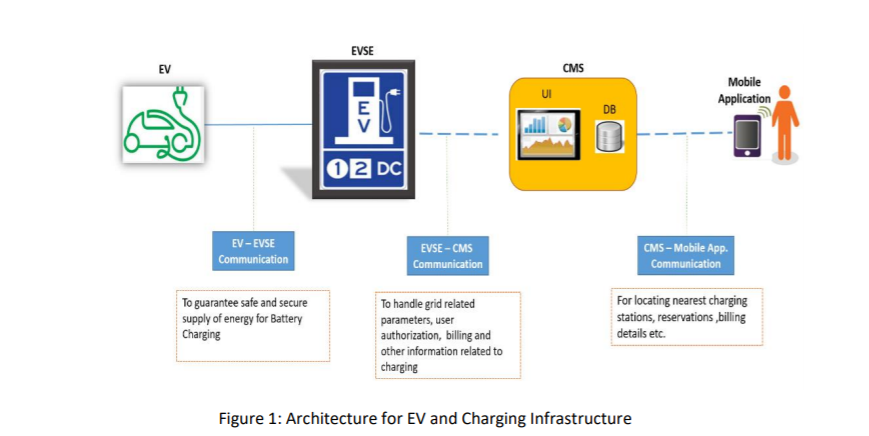
The protocols define the kind of plug and power supply for charging. The protocols would also mandate the interoperability of the charging infrastructure and the vehicles.
The number of charging stations in India would increase proportionally to the increasing number of EVs. It is, therefore, imperative that the government facilitates the manufacture of EVs and their components and makes the business attractive enough for corporations to step in.
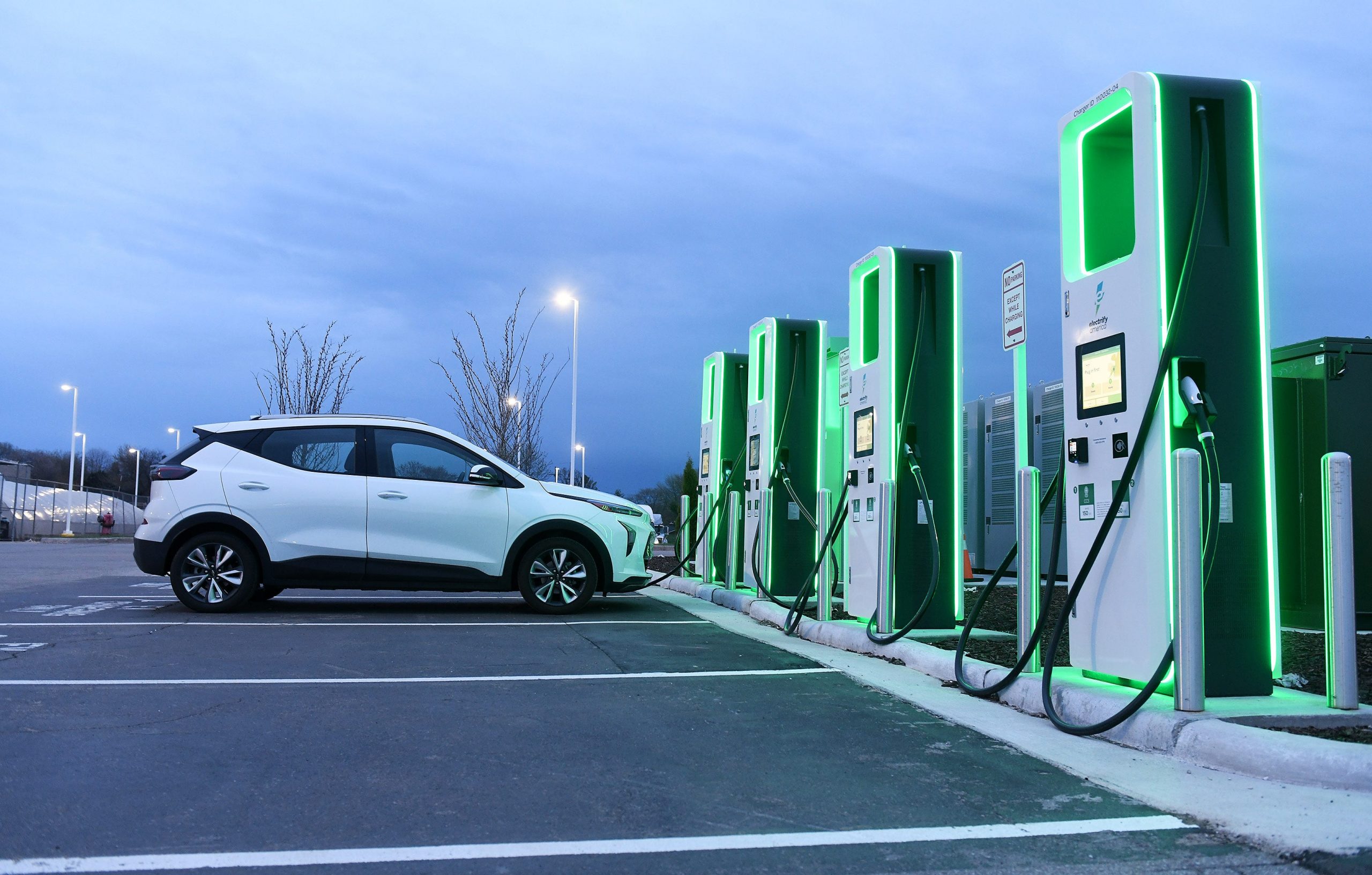
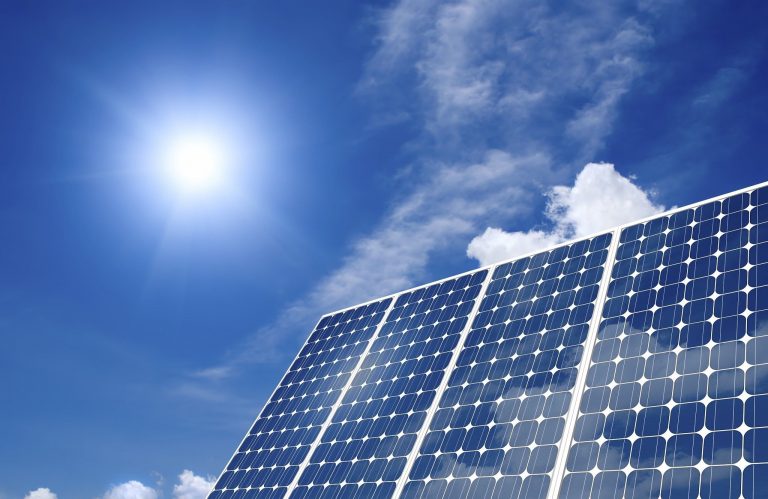
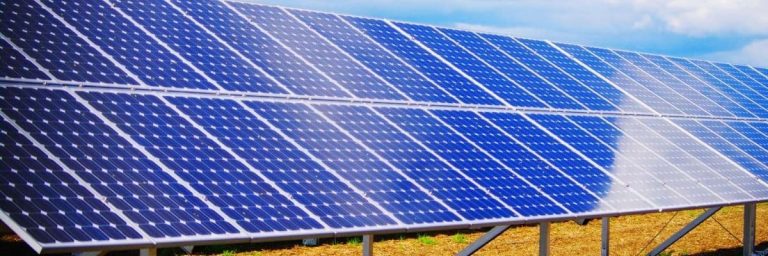
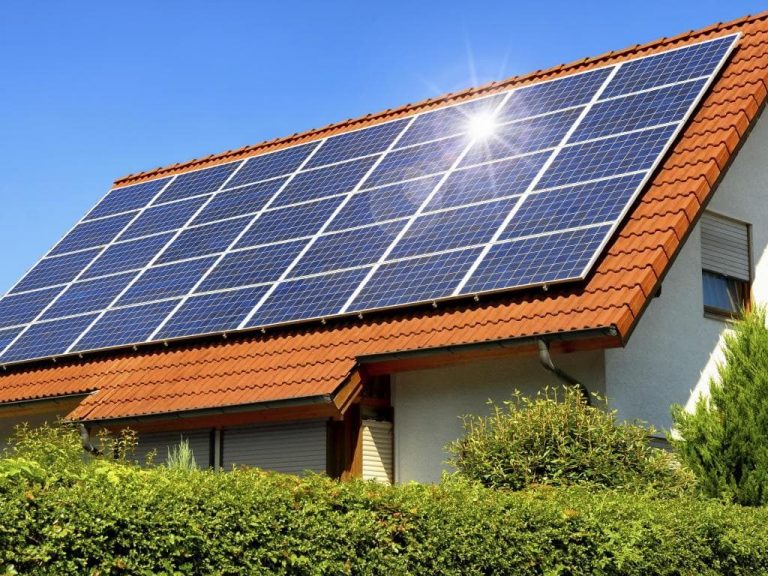
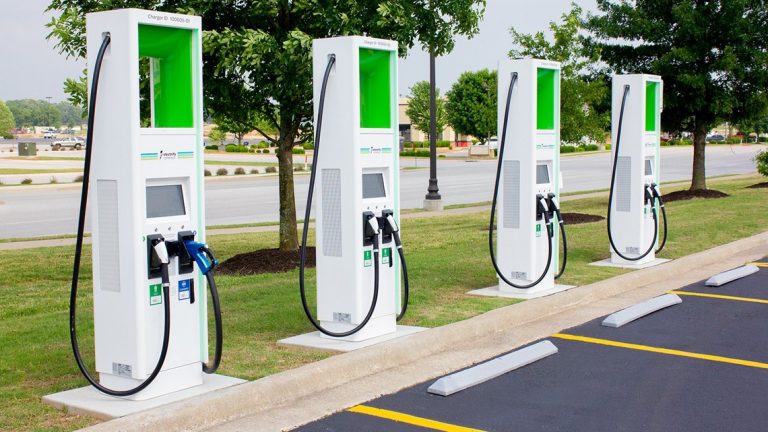
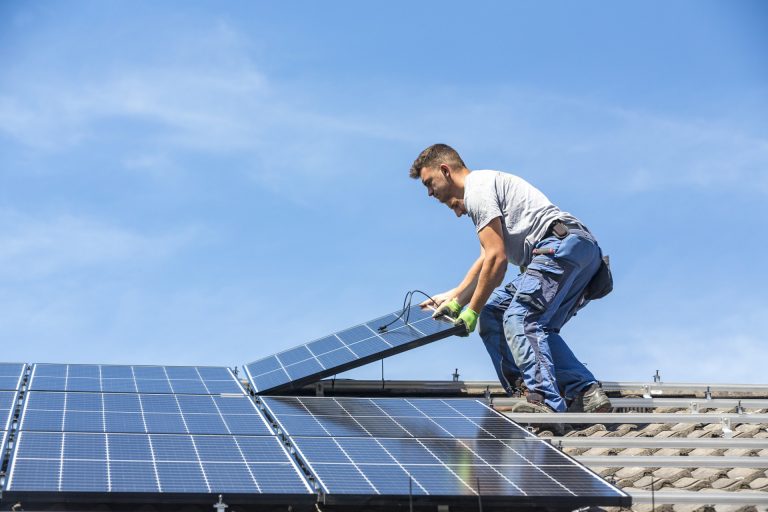
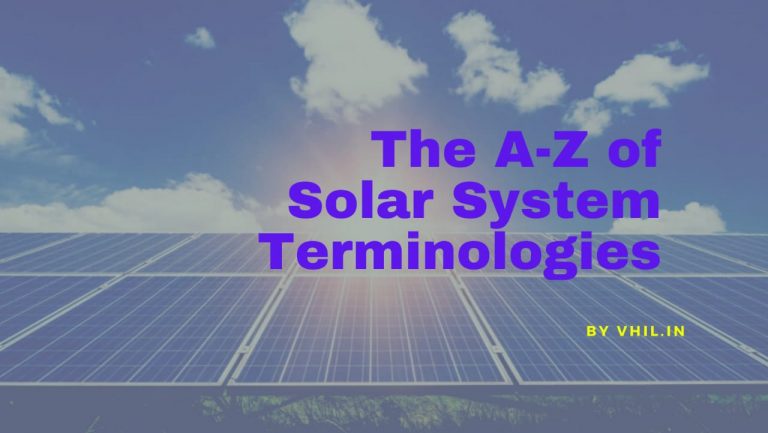
Request i am interest for solar system charging opened a Gwalior (MP) on highway road , so you are request give me full details sent me for our future plan